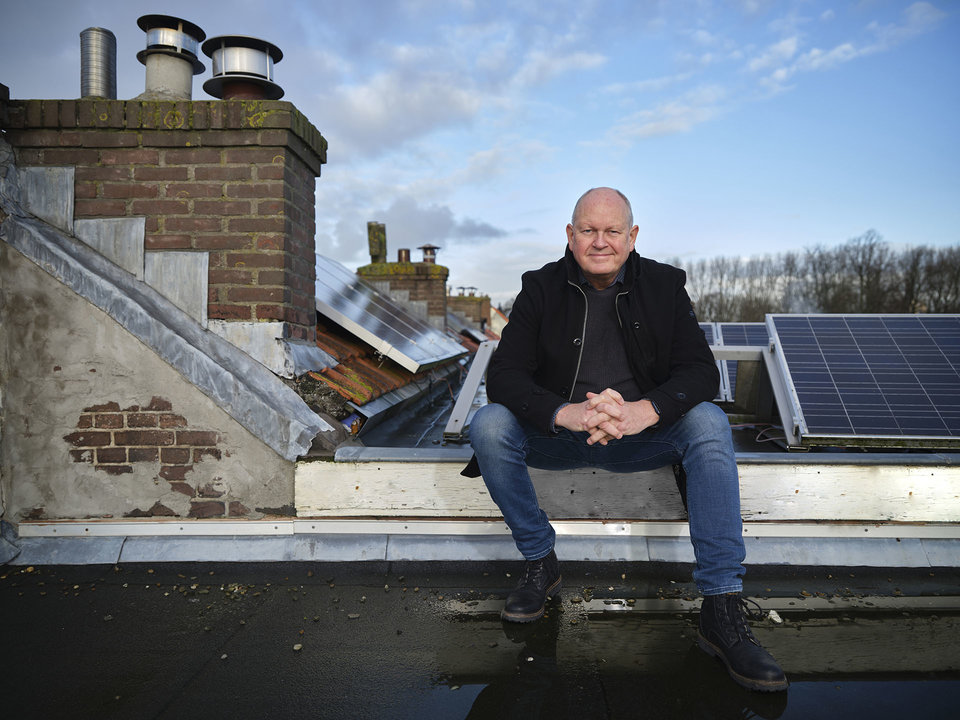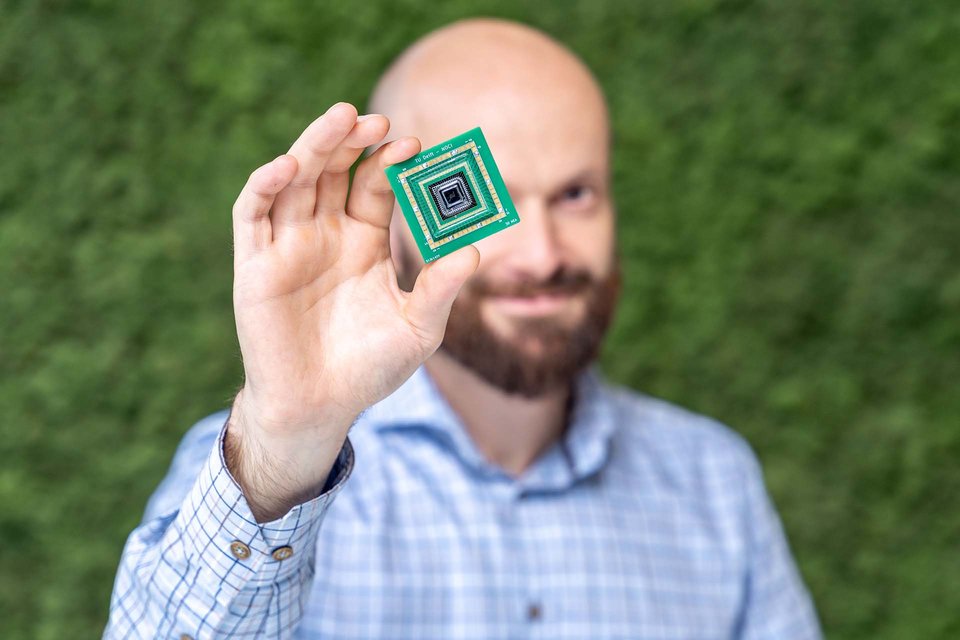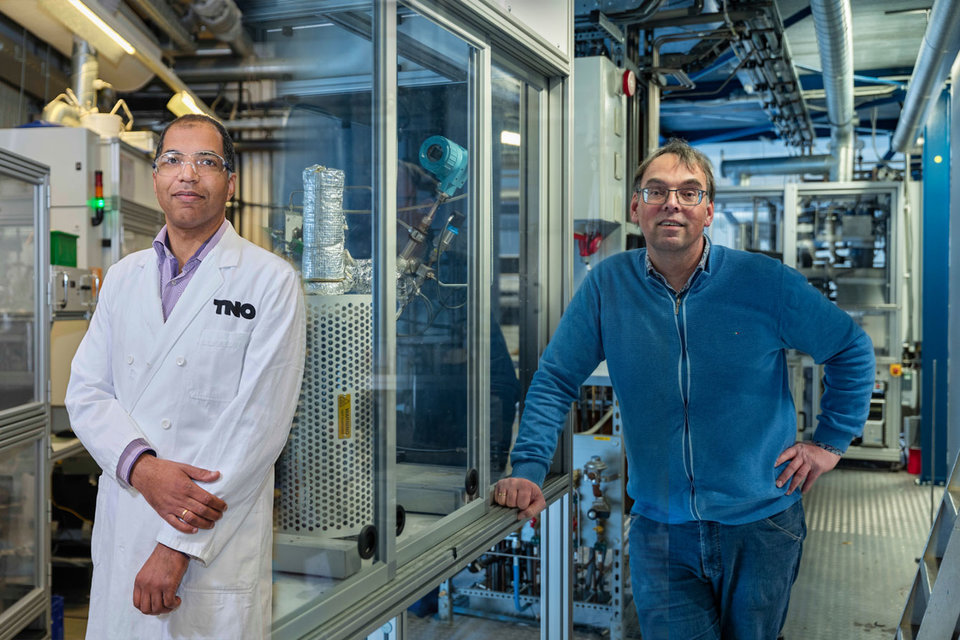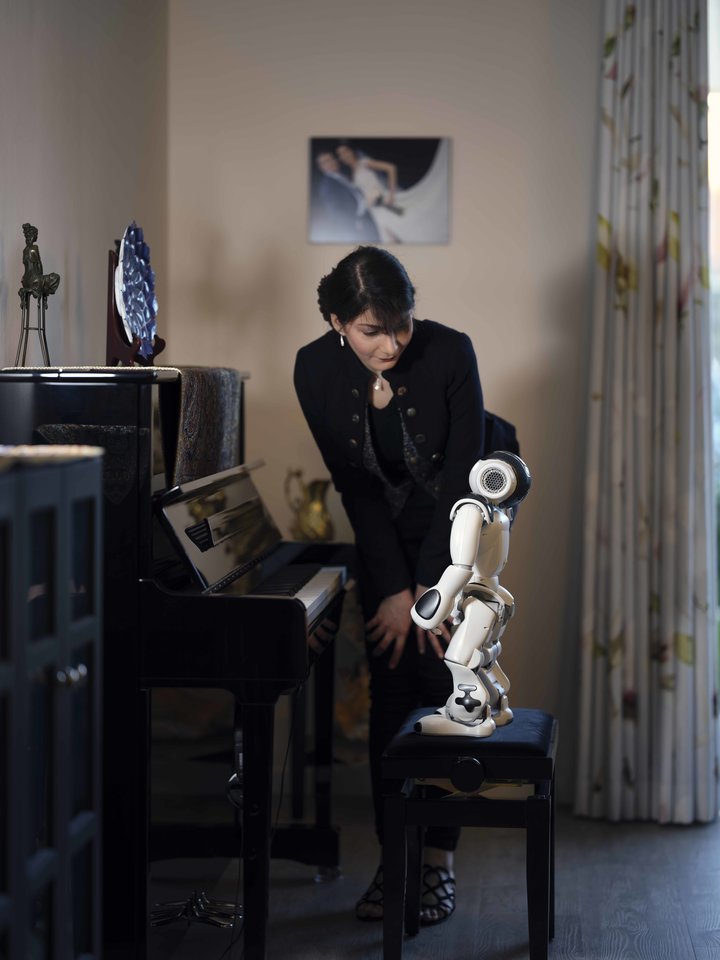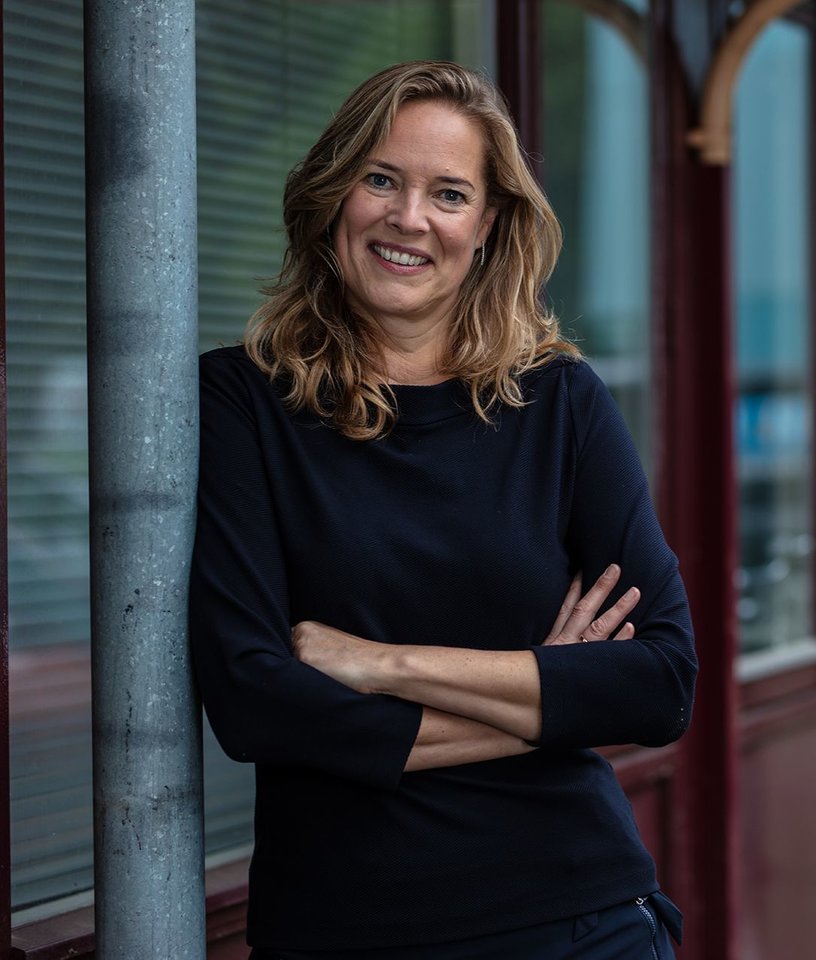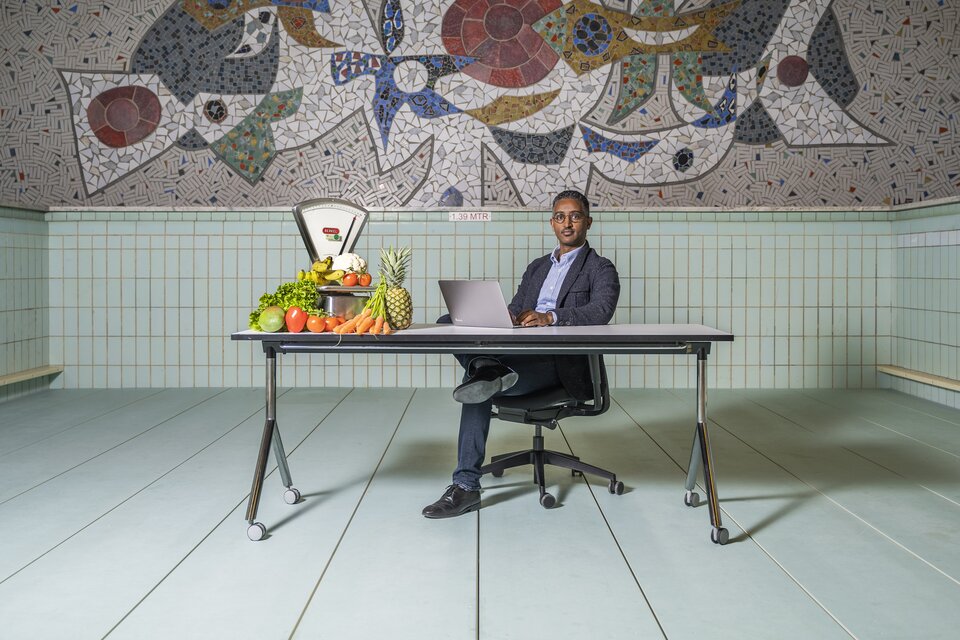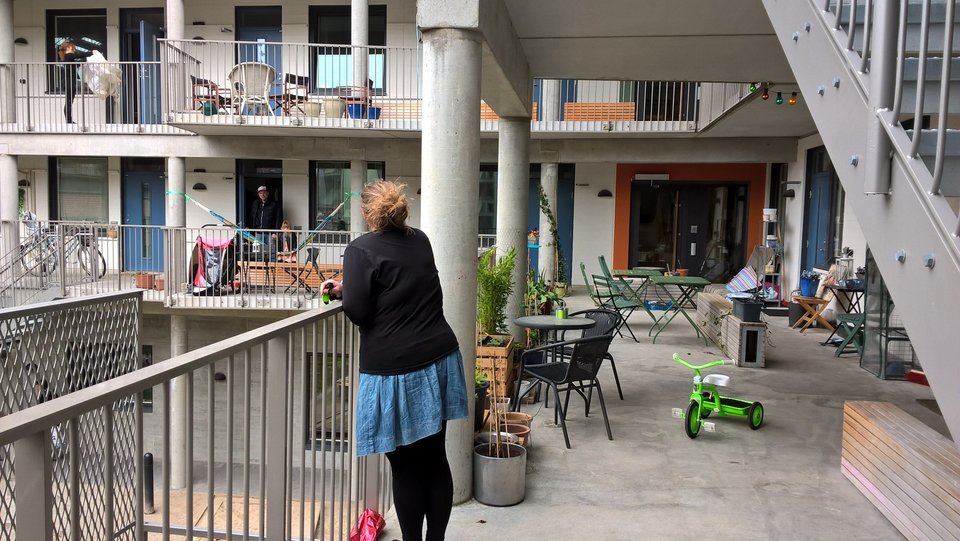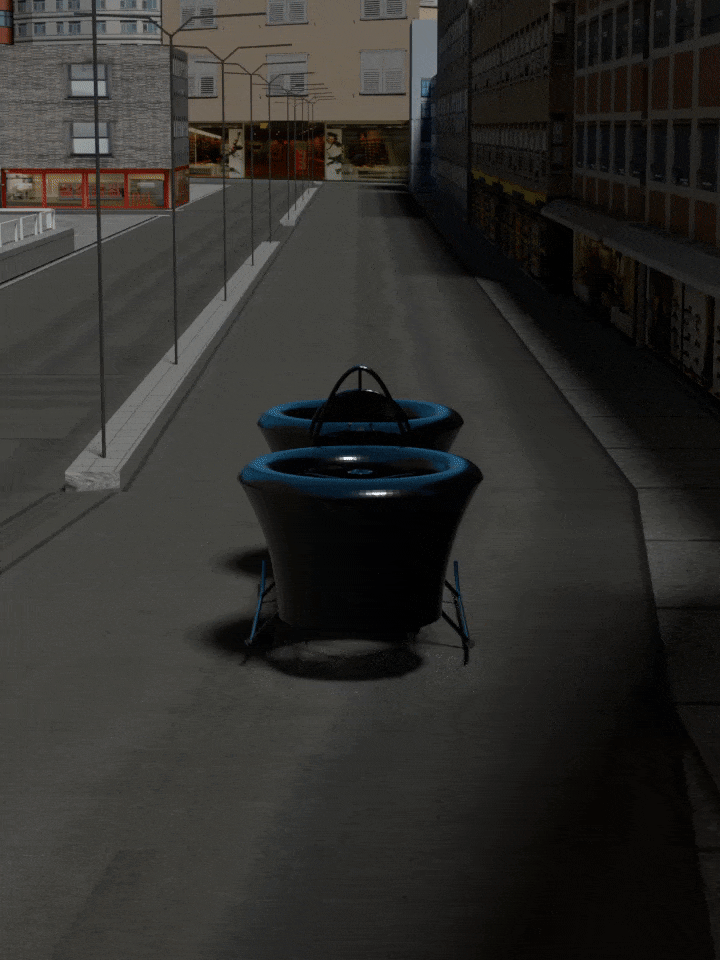Around 26 million people worldwide have heart failure. And this number is only set to rise due to the world’s ageing population and the cardiovascular risks posed by our sedentary lifestyle. Because there is currently no good treatment for heart failure, Mathias Peirlinck, Assistant Professor at TU Delft, decided to research the heart. To improve treatment options for patients, he wants to understand how the heart works and responds to stimuli. However, the puzzle is a complex one of thousands of interacting chemical, electrical, hydraulic and mechanical processes.
We all know people with heart problems. Friends, for example, or relatives, like mine. When heart problems strike close to home, it is only natural to go looking for the best possible treatment for their particular case.
Mathias Peirlinck
Heart failure occurs when the heart can no longer pump enough blood through the body. As a result, organs and muscles do not receive enough blood, oxygen and nutrients. The effects of heart failure include fatigue, shortness of breath during exertion, swollen ankles and concentration problems. Heart failure occurs when the properties of heart muscle tissue change, for example after a heart attack. If we develop a better understanding of how the process works, we will be able to develop new treatments.
Digital Twins
Mathias Peirlinck is a biomechanical engineer. After a PhD at the University of Ghent and a post-doc at Stanford University, he now has his own TU Delft research group looking to develop digital twins of the heart. Mathias: "A digital twin is a virtual copy of the heart that behaves and reacts exactly as a real heart would. To make a digital twin, you have to translate all the processes that take place in a heart into mathematical equations, which you then have to solve. We know that the heart consists of several distinct physical processes that are linked together, like electrical signals that pass through the heart, the mechanical relaxation and contraction of the heart, and the corresponding pressure build-up and blood flow.”
Testing new treatments
Using digital twins, doctors can start predicting how the heart will respond to treatment in advance. This makes digital twins an important step towards personalised medicine. Currently, doctors use clinical trials, static images of the patient’s heart and their experience to choose the heart valve most suitable for a particular patient. With the models developed by Peirlinck, it is now possible to virtually run dynamic tests on different valves for each patient and pass on the resulting insights to doctors.
For each patient, the researchers develop a 3D computer model based on the clinical data available. This lets them adapt the geometric, electrical and mechanical properties of their model to the heart of a specific patient. If a patient has a leaking valve or congested aorta, for example, they adjust the stress levels in their model and calculate how they affect that particular heart and blood flow. As a result, they can start predicting how the heart will respond to a certain procedure.
A big advantage of digital twins is that they can be used to test personalised therapies, boosting success rates as a result. On top of that, new clinical trials can be partly performed digitally, reducing the need for animal experiments. All in all, they can help save a lot of time, money and animal suffering.
Mathias Peirlinck
The future of the Digital Twin
Digital twins are valuable to doctors, but engineers and companies can also reap the benefits. New instruments, implants and treatment techniques can be quickly and cheaply tested in virtual patient populations by using computer models of the heart. In the past, it would take years before an initial design could be tested in patients. Nowadays, prototypes can be tested in a digital heart from day 1.
With digital twins, engineers can also predict how the heart will behave the first few hours after a procedure. With their research, Peirlinck’s group is also looking to explore how the heart functions and changes over the course of days, weeks, months and years to help the doctor choose the best procedure for the patient, both in the short and long term. On top of that, they are researching ways to slow down the progression of heart failure.
A major challenge, however, is that the patient data needed to produce a virtual copy of a heart are not always available. They are currently looking at ways to solve this issue and figure out how complex the model needs to be to be clinically relevant.

